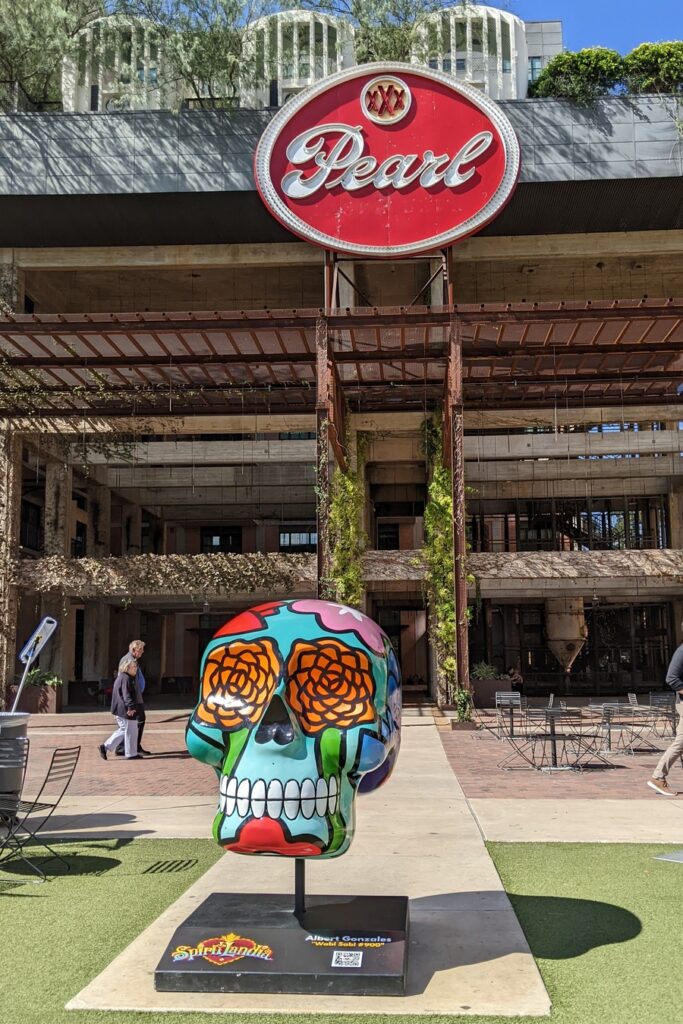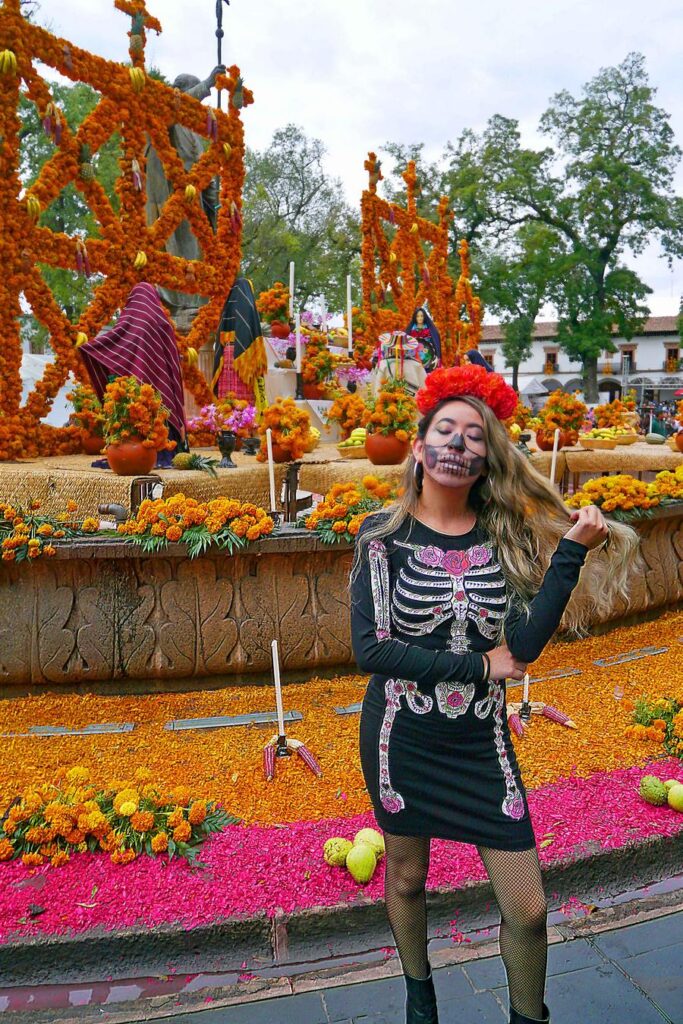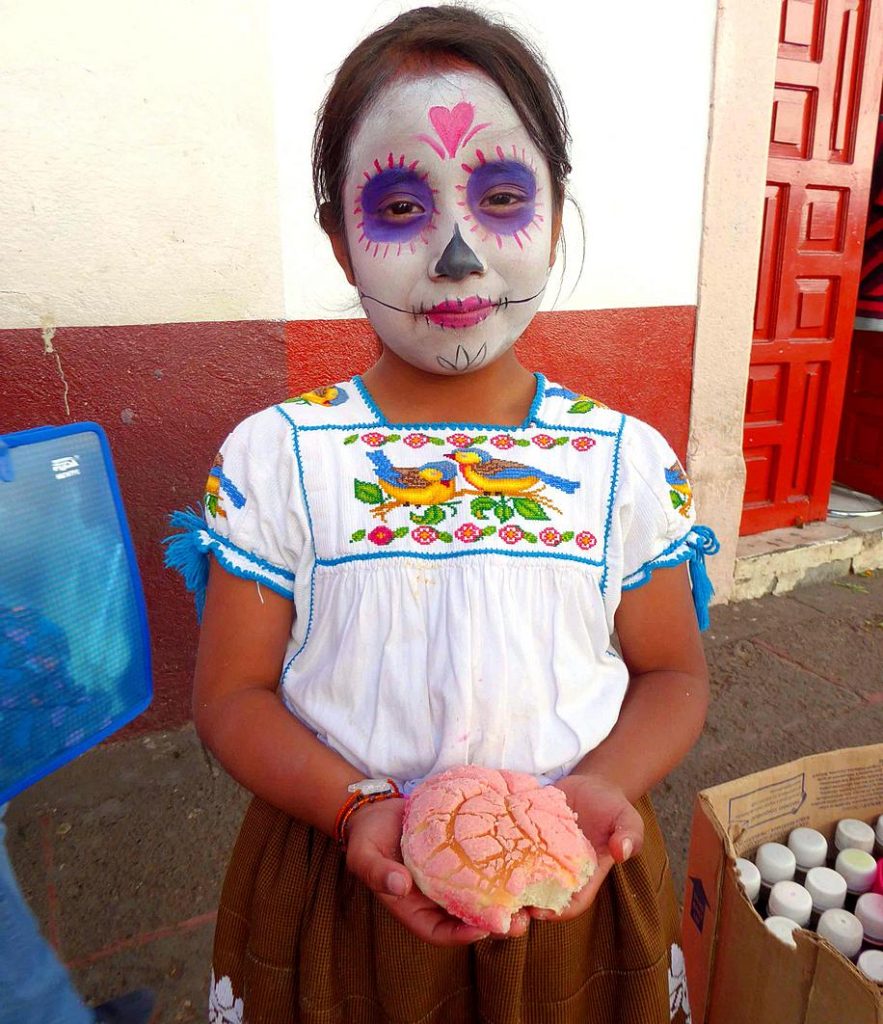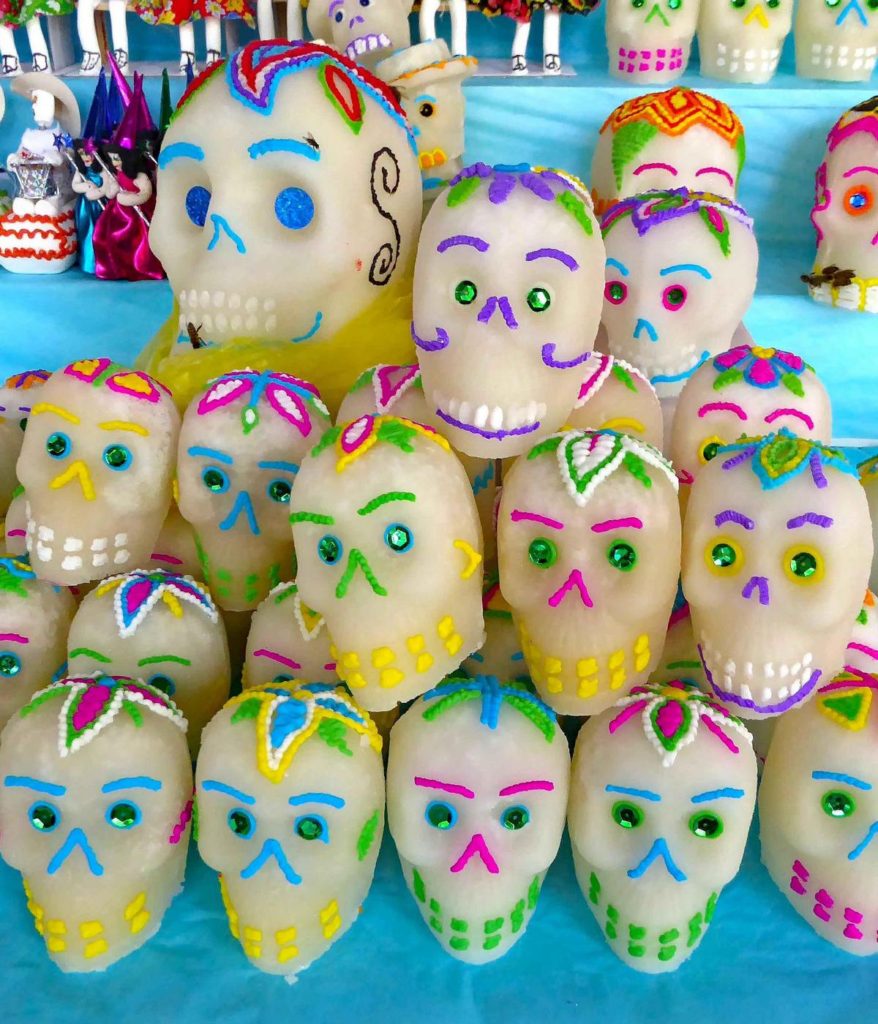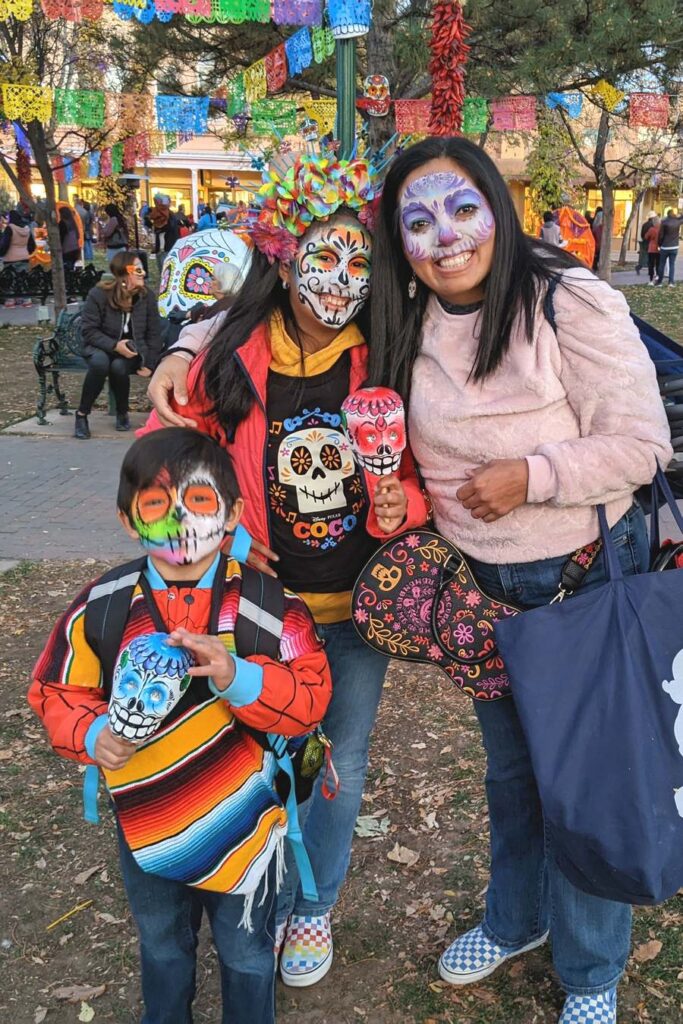
Toasting Santa Fe’s Day of the Dead
Someday I'll look back and say that I was there at the beginning. When my friend Patti and I left San Antonio, Texas, we flew to Santa Fe, New Mexico, for that city's first official Day of the Dead observances. Santa Fe's two-day gathering was more modest that San Antonio's well-established event. But what it lacked in size, it made up for in heart. We missed the Friday-night kick-off, but were on hand for the full-day of events on Saturday. Early in the day, people gathered in Santa Fe Plaza to prepare ofrendas (as the altars to deceased loved ones are called), listen to strolling mariachis, and have their faces painted as skeletons and Catrinas. As darkness fell, lights twinkled from the trees and the...Read More

